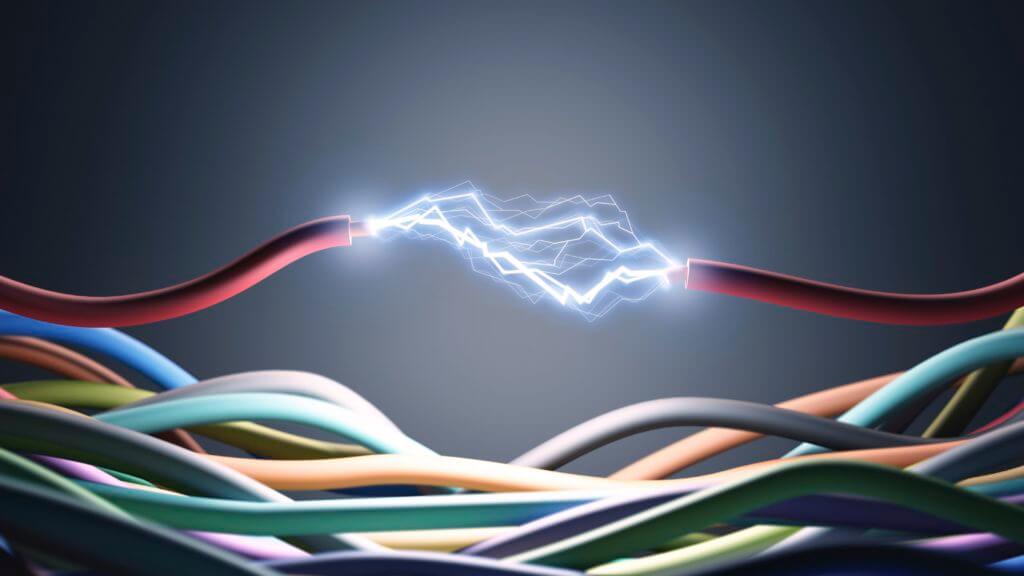America’s Ports Need More Robots, but the $1 Trillion Infrastructure Bill Won’t Fund Automation

The one thing that would most help increase efficiency at America’s lagging ports is also the one thing that Biden’s union allies dislike the most.
A lack of robots is one of the single biggest problems among the many logistical issues currently tangling America’s supply chains.
At most major ports around the world, the cranes that unload shipping containers from boats to trucks are largely automated. That means they can operate around the clock at lower cost and—extra importantly right now—have zero risk of catching COVID-19. One recent study found that cranes at the mostly automated port in Rotterdam, Netherlands, are roughly 80 percent more efficient than cranes at the Port of Oakland, California, where humans still man the controls. In other words, it takes nearly twice as long to unload the same ship in Oakland as it would in Rotterdam.
One of the major hurdles to automation is the expense. It can cost as much as $500 million to install new, fully automated terminals at existing ports, according to the Journal of Commerce, a trade publication. Even if it might make sense to do that in the long run, short-term considerations keep American ports operating at their current, less efficient status quo.
Conveniently, Congress has just passed a $1.2 trillion infrastructure spending bill—one that includes $17 billion for port infrastructure. Of that $17 billion, about $2.6 billion is specifically earmarked for defraying the cost of upgrading equipment at America’s ports, nominally to reduce air pollution. – READ MORE




Responses